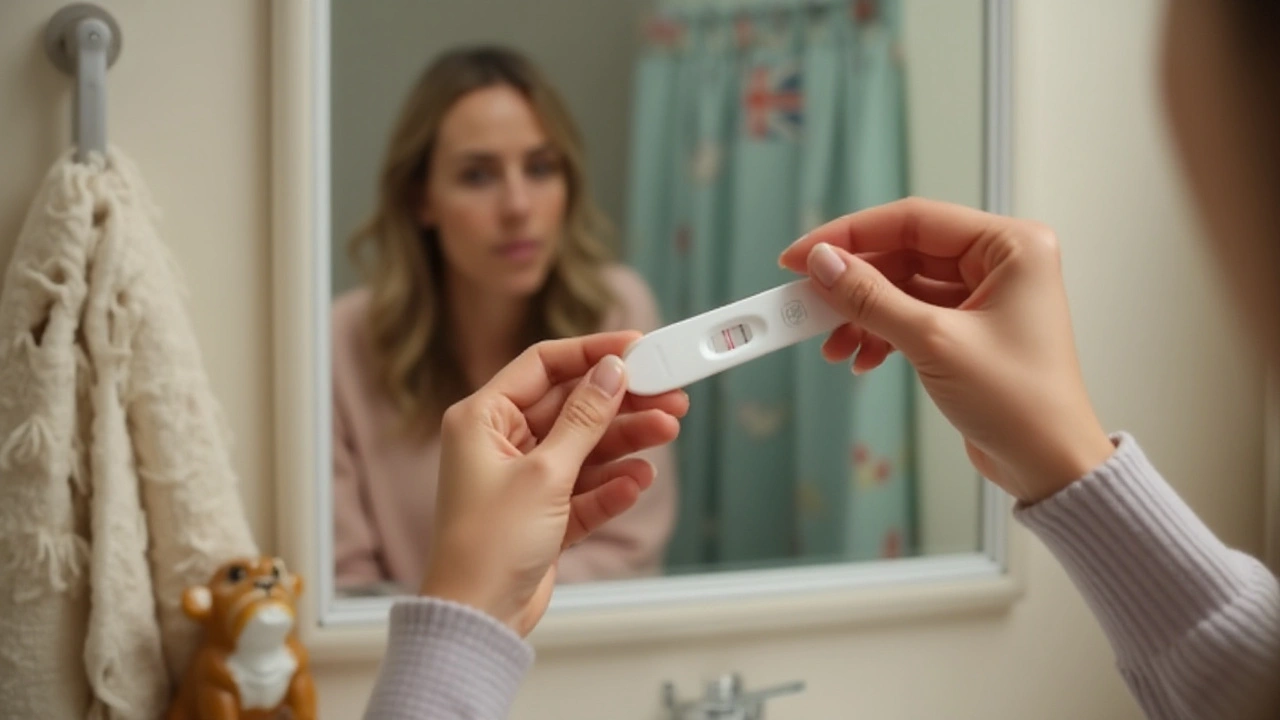Pregnancy Test Strips: Spotting Miscarriage & Early Loss – Sep 2024 Archive
If you’ve ever used a home pregnancy test, you know how fast a single line can change your day. But did you realize those strips might also hint at an early miscarriage? In September 2024 we posted a deep‑dive guide that breaks down what the strip actually measures and when its results could mean more than just "pregnant" or "not pregnant."
How Pregnancy Test Strips Work
The strip looks for the hormone hCG in your urine. Your body starts making hCG after a fertilized egg implants, and levels rise quickly in the first weeks. The test has a threshold – usually around 20‑25 mIU/mL – that triggers the colored line you see. If hCG is rising as expected, the line stays strong; if it drops or stalls, the line can fade.
That fading is where early loss signs show up. A sudden drop in hCG often means the pregnancy isn’t progressing. The test won’t tell you why, but a faint or disappearing line after a positive result can be a red flag that deserves medical attention.
Using Strips to Notice Early Loss
We suggest two practical steps if you suspect something’s off. First, repeat the test 48 hours later. A consistent drop in line intensity is a stronger clue than a single faint line. Second, track your hCG levels with a blood test from a doctor – it gives an exact number and helps confirm what the strip hinted at.
Remember, home strips aren’t diagnostic tools. They’re great for quick checks but can miss low‑level pregnancies or give false positives if you have certain medical conditions. That’s why we stress consulting a healthcare professional as soon as you see any unusual pattern.
The article also covered common myths. For example, some people think a faint line always means miscarriage – not true. Hormone fluctuations, dehydration, and testing too early can all cause a weak line. We explained how to differentiate these scenarios with timing and repeat testing.
Beyond detection, we gave tips on what to do next. If you get a positive test followed by a weaker one, call your doctor, note the dates, and keep any strips for reference. Your provider may order an ultrasound or blood work to see exactly where things stand.
Finally, we addressed emotional aspects. Finding out that a pregnancy might be ending is tough, and having clear information can ease some of the anxiety. Knowing what the strip is actually measuring helps you ask better questions at the clinic and feel more in control of the situation.
This archive entry captures all those insights in one easy‑to‑read guide. Whether you’re new to pregnancy testing or looking for deeper understanding, the September 2024 post gives you practical steps, clear explanations, and a realistic view of what home strips can—and cannot—tell you about early miscarriage.

